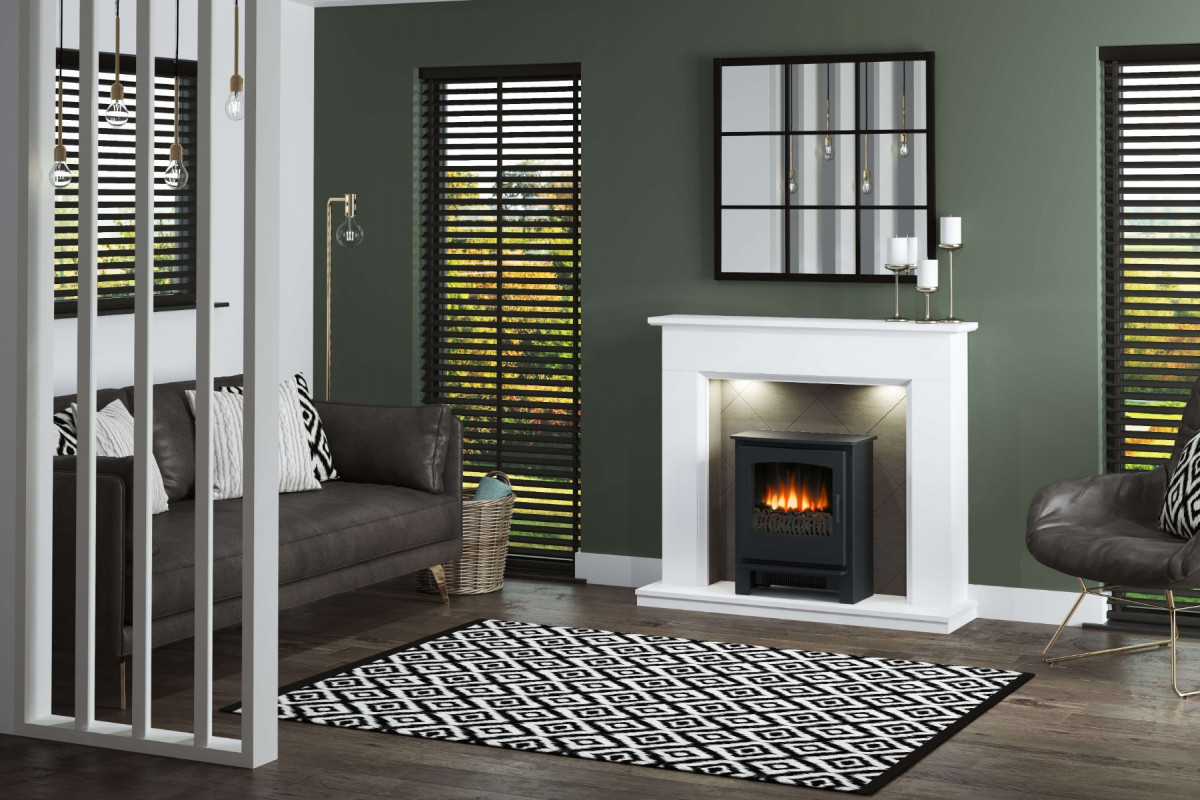

Articles
How Wide Is A Fireplace
Modified: April 22, 2024
Discover the Ideal Width for Fireplaces with Our Informative Articles
(Many of the links in this article redirect to a specific reviewed product. Your purchase of these products through affiliate links helps to generate commission for Storables.com, at no extra cost. Learn more)
Introduction
Fireplaces are a timeless and cozy addition to any home. Whether you have a traditional wood-burning fireplace or a modern gas or electric one, understanding its dimensions is crucial. One essential measurement to consider is the width of the fireplace.
The width of a fireplace plays a significant role in determining its overall design, functionality, and aesthetic appeal. It affects the size and style of mantels and surrounds, the heat output, and the types of logs or firewood you can use.
In this article, we will explore the various factors that determine the width of a fireplace and provide insights on choosing the right width for your specific needs. So, let’s dive in!
Key Takeaways:
- Choosing the right fireplace width is crucial for functionality and aesthetics. Consider room size, heat output, design aesthetic, mantel compatibility, and clearance requirements to create a cozy and visually pleasing focal point in your home.
- Accurately measure the width of your fireplace to ensure optimal fit and performance. Consider factors such as room size, heat output, design aesthetic, and clearance requirements to make an informed decision. Whether standard or custom-built, the right width enhances warmth and ambiance in your home.
Read more: How Wide Should A Fireplace Mantel Be
Understanding Fireplace Dimensions
Before we delve into fireplace widths, let’s first gain a clear understanding of fireplace dimensions as a whole. When it comes to fireplace measurements, there are three primary dimensions to consider: width, height, and depth.
The width of a fireplace refers to the measurement from one side to the other, typically taken at the widest point of the firebox or opening. The width plays a crucial role in determining the size and style of the mantel or surround that can be installed around the fireplace.
The height of a fireplace is measured from the bottom of the firebox or opening to the top of the chimney. This dimension influences the overall visual appearance of the fireplace, as well as the distance between the firebox and the mantel or surround.
The depth of a fireplace refers to the measurement from the front of the firebox to the back. It determines how far the fireplace extends into the room and can impact the amount of space available for seating or furniture placement.
By understanding these dimensions, you can gain valuable insights into the size and proportions of your fireplace, which is essential when selecting accessories, planning renovations, or considering a new installation.
Standard Widths of Fireplaces
Fireplaces come in a variety of widths, ranging from compact models to larger and more expansive designs. While there is no one-size-fits-all standard width for fireplaces, there are some common dimensions that you can consider.
For wood-burning fireplaces, the standard width typically ranges from 36 to 48 inches. This size is often preferred for its ability to accommodate larger log sizes and provide ample heat output. However, it’s important to note that larger widths may require additional clearance space and ventilation.
Gas and electric fireplaces, on the other hand, have more flexibility in terms of width. These models can vary from as small as 24 inches to as wide as 72 inches or more. The wide range of widths allows for greater customization and adaptation to different room sizes and design preferences.
It’s worth mentioning that these standard widths are just guidelines and can vary depending on the manufacturer and specific fireplace model. Therefore, it’s crucial to consult the product specifications and guidelines provided by the manufacturer for accurate measurements and installation requirements.
Additionally, if you’re considering a custom-built fireplace, you have the freedom to choose any width that suits your needs and preferences. Custom fireplaces can be designed to fit perfectly within your available space and can be tailored to accommodate specific design elements or architectural features.
In the next section, we will explore the factors that can influence the width of your fireplace, helping you make an informed decision when it comes to choosing the right size for your home.
Factors that Affect Fireplace Width
When determining the width of your fireplace, there are several factors to consider. These factors can impact the functionality, aesthetics, and overall performance of your fireplace. Let’s take a closer look at the key factors that influence fireplace width:
- Room Size: The size of the room where the fireplace will be installed plays a crucial role in determining the width. A larger room can accommodate a wider fireplace, while a smaller room may benefit from a more compact width to maintain proportion and balance.
- Heat Output: The width of the fireplace can directly impact its heat output. A wider fireplace can produce more heat, making it suitable for larger spaces or colder climates. However, keep in mind that heat output is also influenced by other factors like the type of fuel used and the efficiency of the fireplace.
- Mantel and Surround: The width of the fireplace should be compatible with the size and style of the mantel or surround. A proportionate width ensures that the mantel and fireplace create a visually pleasing and cohesive look. Consider the overall design aesthetic and the desired impact of the mantel when determining the width.
- Clearance Requirements: Every fireplace has specific clearance requirements, which are the distances that must be maintained between the fireplace and combustible materials (such as walls, furniture, or curtains). The width of the fireplace should allow for adequate clearance to ensure safety and prevent fire hazards.
- Fuel Type: Different types of fireplaces have different fuel requirements. Wood-burning fireplaces typically require a larger width to accommodate the size of the logs and provide sufficient airflow for proper combustion. Gas and electric fireplaces offer more flexibility in terms of width, as they don’t require space for storing logs.
Considering these factors will help you make an informed decision about the width of your fireplace. It’s essential to find a balance between the functional requirements and the aesthetic appeal to create a fireplace that is both practical and visually pleasing.
When measuring the width of a fireplace, start from the inside edge of the firebox opening and measure straight across to the opposite inside edge. This will give you the accurate width of the fireplace.
Measuring the Width of Your Fireplace
Accurately measuring the width of your fireplace is crucial when selecting the right size for your needs. Here are the steps to measure the width of your fireplace:
- Clear the Surrounding Area: Before measuring, ensure that the area around the fireplace is clear of any obstructions, including furniture, decor, and accessories.
- Locate the Widest Point: Identify the widest point of your fireplace. This is typically the opening of the firebox or the point where the mantel or surround would sit.
- Use a Measuring Tape: Take a measuring tape and extend it from one side of the fireplace to the other, ensuring that it passes through the identified widest point. Keep the tape level and straight to get an accurate measurement.
- Record the Measurement: Once you have measured the width, write down the measurement in inches or centimeters. This will be the width of your fireplace.
It’s important to note that the width measurement should be taken from the inside edges of the fireplace opening, rather than the outer edges of the mantel or surround. This measurement provides a more accurate representation of the usable space within the firebox.
Additionally, if your fireplace has uneven or non-parallel sides, it’s best to take multiple width measurements at different points and then use the average of these measurements as the width.
Once you have the accurate measurement of the width, you can proceed to explore the common fireplace widths for different types and make an informed decision about the width that suits your needs and preferences.
Read more: How Wide Is A Driveway
Common Fireplace Widths for Different Types
The width of fireplaces can vary depending on the type of fireplace you have. Here are the common fireplace widths for different types:
- Wood-Burning Fireplaces: Wood-burning fireplaces typically have a standard width ranging from 36 to 48 inches. This width allows for larger logs and a higher heat output. However, it’s important to consider the size of your room and the clearance requirements when choosing the width for a wood-burning fireplace.
- Gas Fireplaces: Gas fireplaces offer more flexibility in terms of width. They can range from as small as 24 inches to as wide as 72 inches or more. The width of a gas fireplace is often determined by the desired design aesthetic, the heat output required, and the available space in the room.
- Electric Fireplaces: Electric fireplaces, being the most versatile in terms of design, come in various sizes and widths. The width of an electric fireplace can range from as small as 18 inches for compact models to as wide as 60 inches for larger wall-mounted or freestanding units. The choice of width for an electric fireplace depends on the desired visual impact and the available space.
- Custom-Built Fireplaces: Custom-built fireplaces offer the most flexibility when it comes to width options. The width can be customized to fit the specific requirements of your space and design vision. Whether you prefer a narrower or wider width, a custom-built fireplace allows you to create a unique and personalized focal point in your home.
These are general guidelines for common fireplace widths, but it’s important to consult the product specifications and guidelines provided by the manufacturer for accurate measurements and installation requirements. Additionally, consider the size of your room, the desired heat output, and the design aesthetic when selecting the width that suits your needs.
In the next section, we will discuss factors to consider when choosing the right width for your fireplace.
Choosing the Right Width for Your Fireplace
Choosing the right width for your fireplace is essential to ensure that it meets your functional needs and complements the overall design of your space. Here are some factors to consider when selecting the width:
- Room Size: Consider the size of the room where the fireplace will be installed. A larger room can accommodate a wider fireplace, while a smaller room may benefit from a more compact width to maintain proportion and balance. Ensure that the fireplace width allows for comfortable movement and doesn’t overpower the space.
- Heat Output: Determine the desired heat output of your fireplace. If you live in a colder climate or have a larger space, a wider fireplace may be more suitable to generate sufficient heat. However, if you’re primarily looking for decorative purposes or supplemental heat, a narrower width may suffice.
- Design Aesthetic: Consider the overall design aesthetic of your room and how the fireplace will fit into it. The width of the fireplace should align with the proportions and style of the space. A wider fireplace can make a bold statement, while a narrower one can provide a subtle and minimalist look.
- Mantel and Surround: Take into account the size and style of the mantel and surround you plan to install. The width of the fireplace should be compatible with the dimensions of the mantel or surround to create a cohesive and visually pleasing look. Ensure that there is enough space for the mantel to properly frame the fireplace.
- Clearance Requirements: Consider the clearance requirements for your fireplace. The width should allow for adequate clearance from combustible materials, such as walls, furniture, and curtains. Ensure that there is enough space around the fireplace to ensure safety and prevent fire hazards.
By taking these factors into account, you can make an informed decision about the width that best suits your needs and preferences. Remember to consult the product specifications and guidelines provided by the manufacturer for accurate measurements and installation requirements.
Choosing the right width for your fireplace ensures that it not only functions optimally but also enhances the overall aesthetic and atmosphere of your space.
Conclusion
Understanding the width of your fireplace is crucial when it comes to creating a cozy and functional focal point in your home. Whether you have a wood-burning fireplace, a gas fireplace, or an electric fireplace, choosing the right width is essential to meet your needs and enhance the overall design of your space.
By considering factors such as room size, heat output, design aesthetic, and clearance requirements, you can make an informed decision about the width of your fireplace. Taking accurate measurements and consulting the product specifications and guidelines provided by the manufacturer will ensure a successful installation and optimal performance of your fireplace.
Whether you opt for a standard width or a custom-built fireplace, finding the right width will ensure that your fireplace not only provides warmth and ambiance but also complements your room’s aesthetics. A well-proportioned fireplace with the appropriate width can become a stunning focal point that adds value and charm to your home.
So, take the time to measure and select the perfect width for your fireplace. Whether you’re curling up with a book on a chilly winter evening or enjoying the flickering flames with loved ones, the right width will enhance your fireplace experience and create lasting memories.
Investing in a fireplace with the right width is truly an investment in the comfort, style, and ambiance of your home.
Frequently Asked Questions about How Wide Is A Fireplace
Was this page helpful?
At Storables.com, we guarantee accurate and reliable information. Our content, validated by Expert Board Contributors, is crafted following stringent Editorial Policies. We're committed to providing you with well-researched, expert-backed insights for all your informational needs.
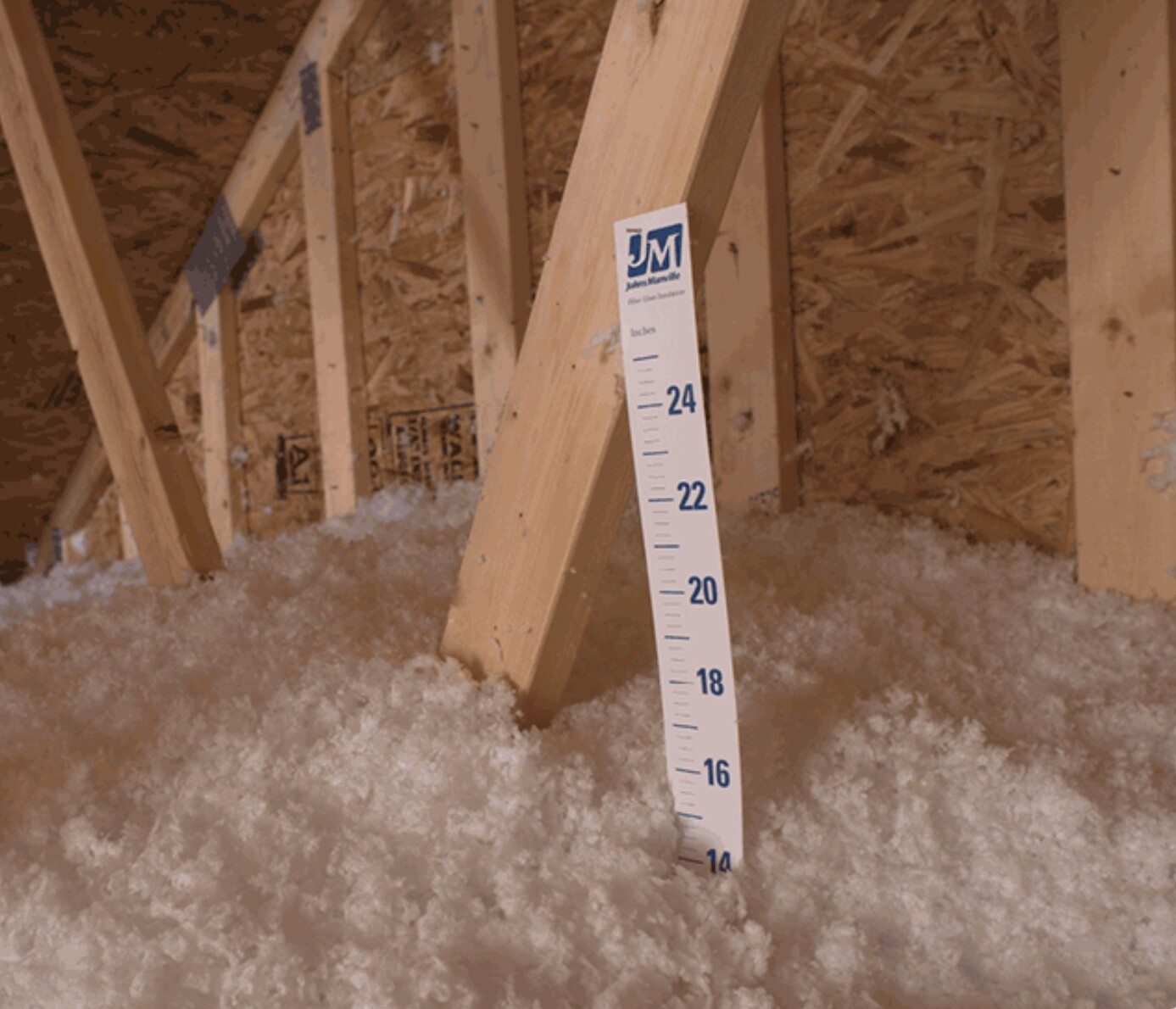
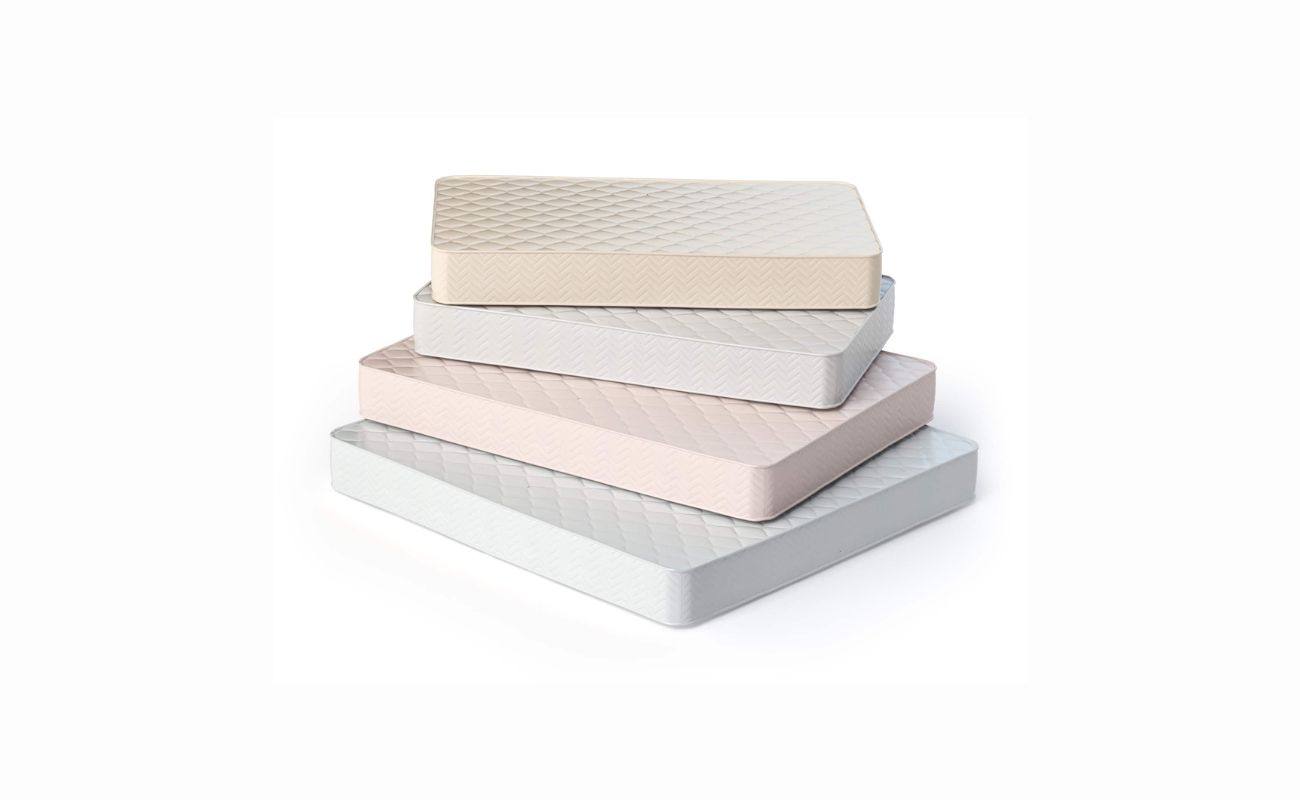
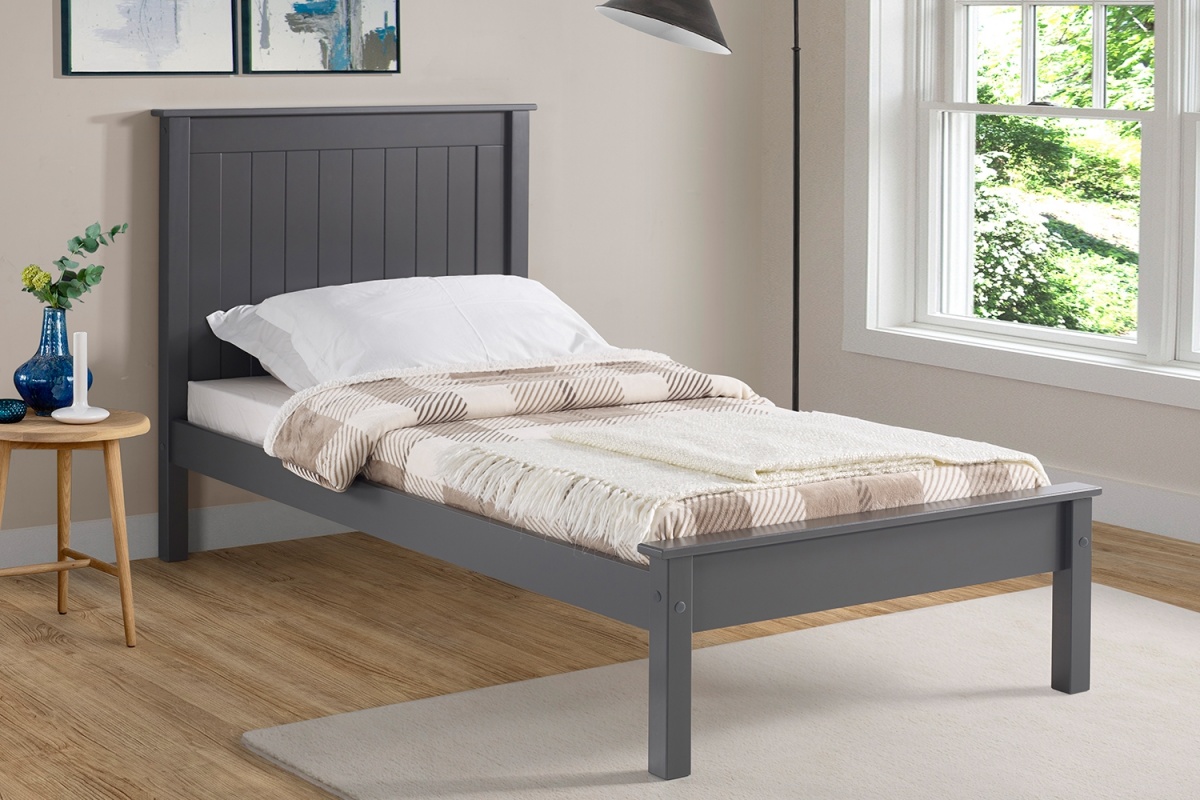

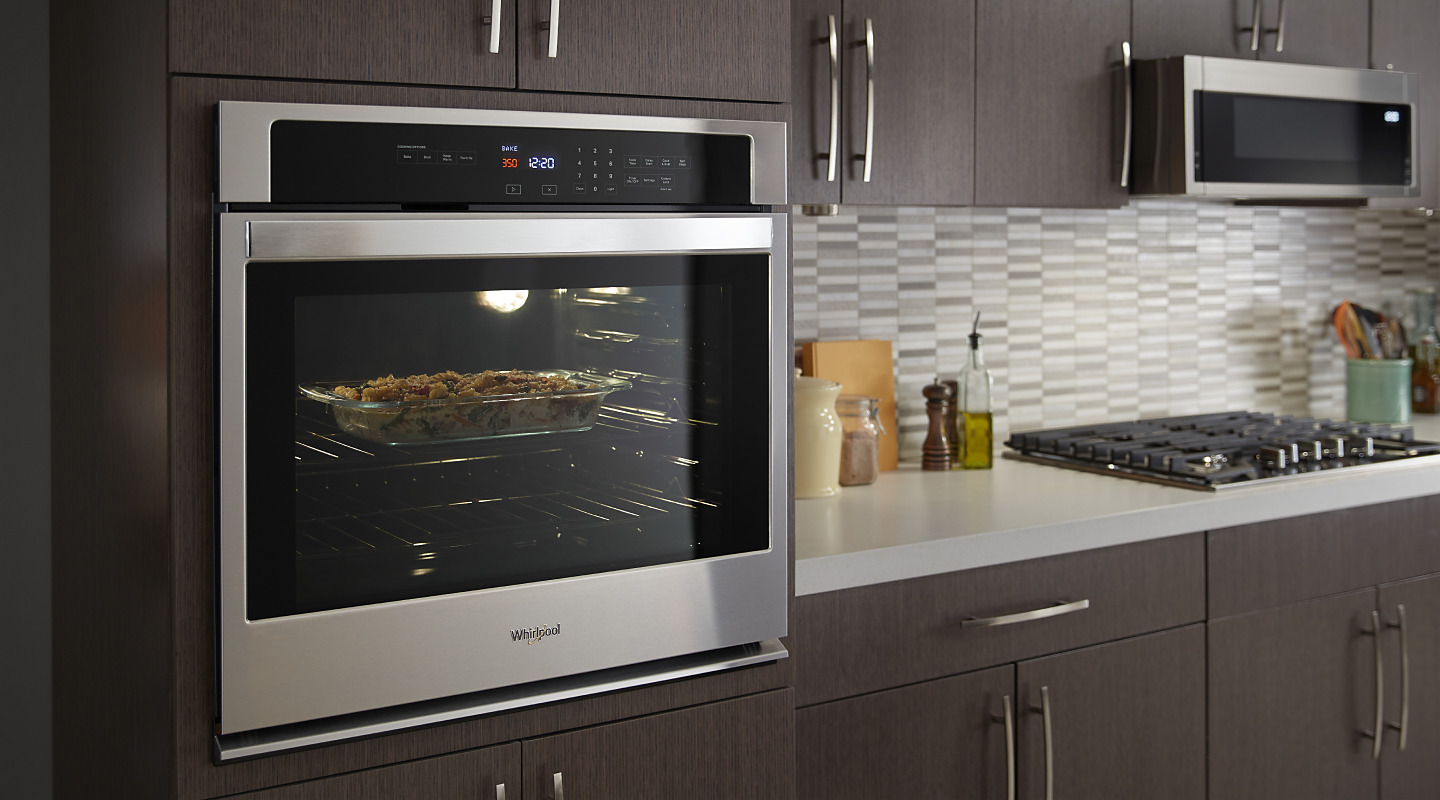
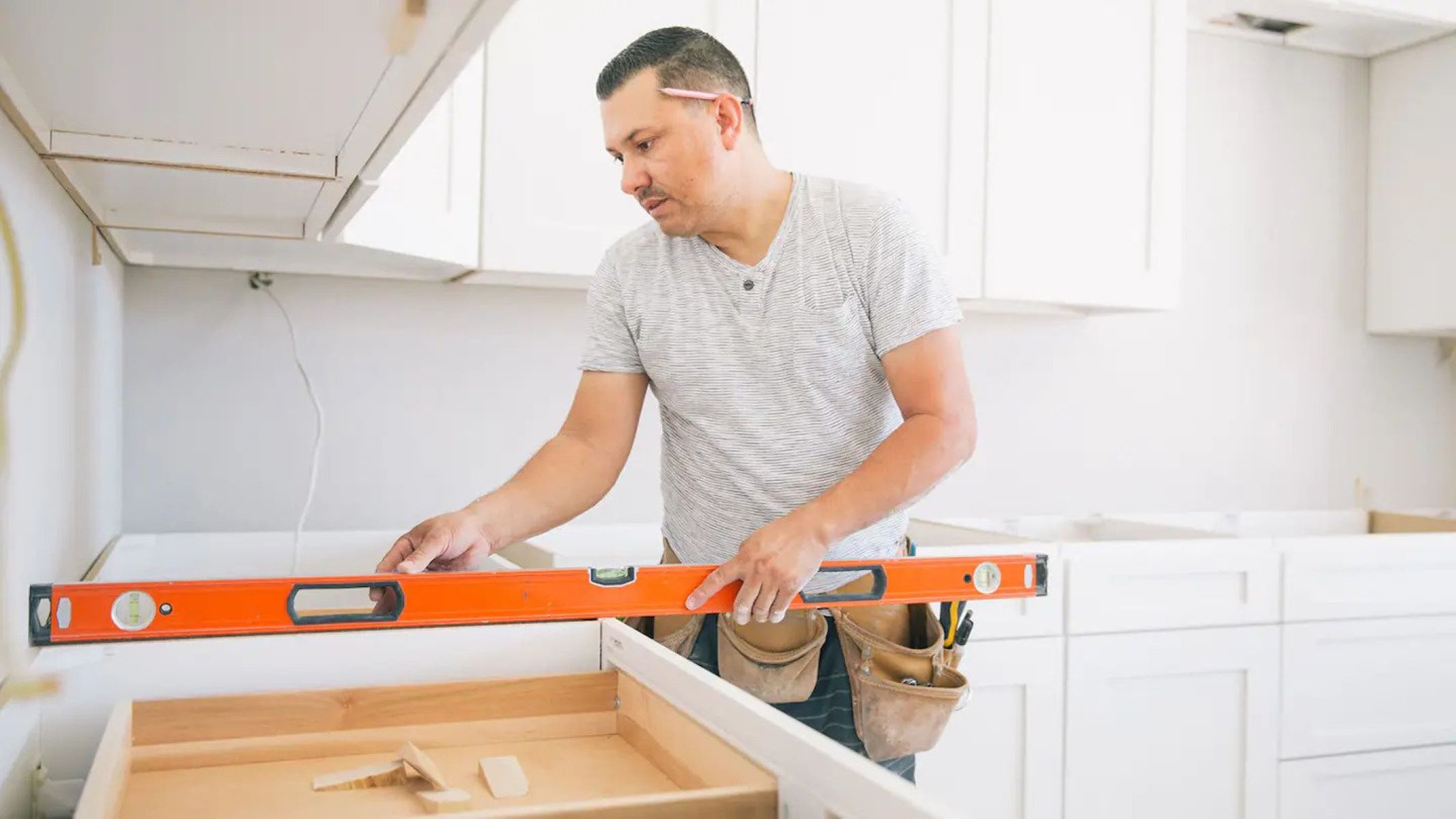
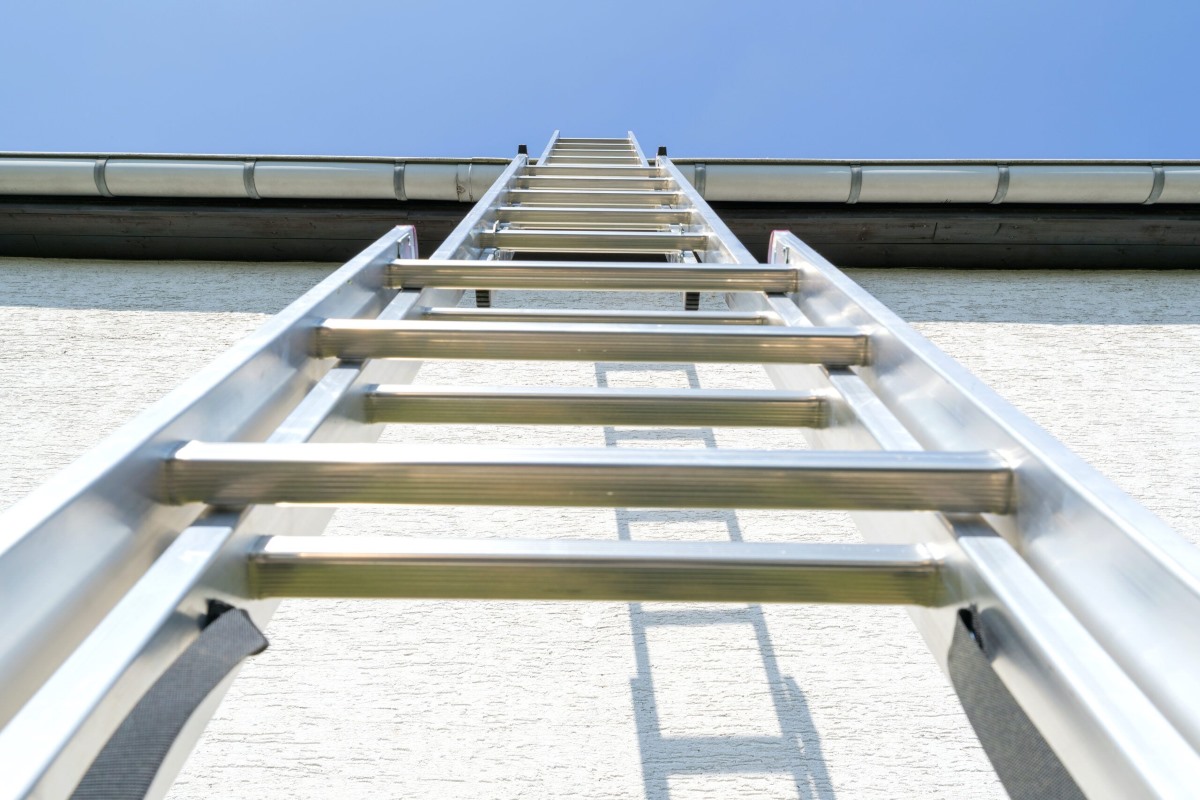
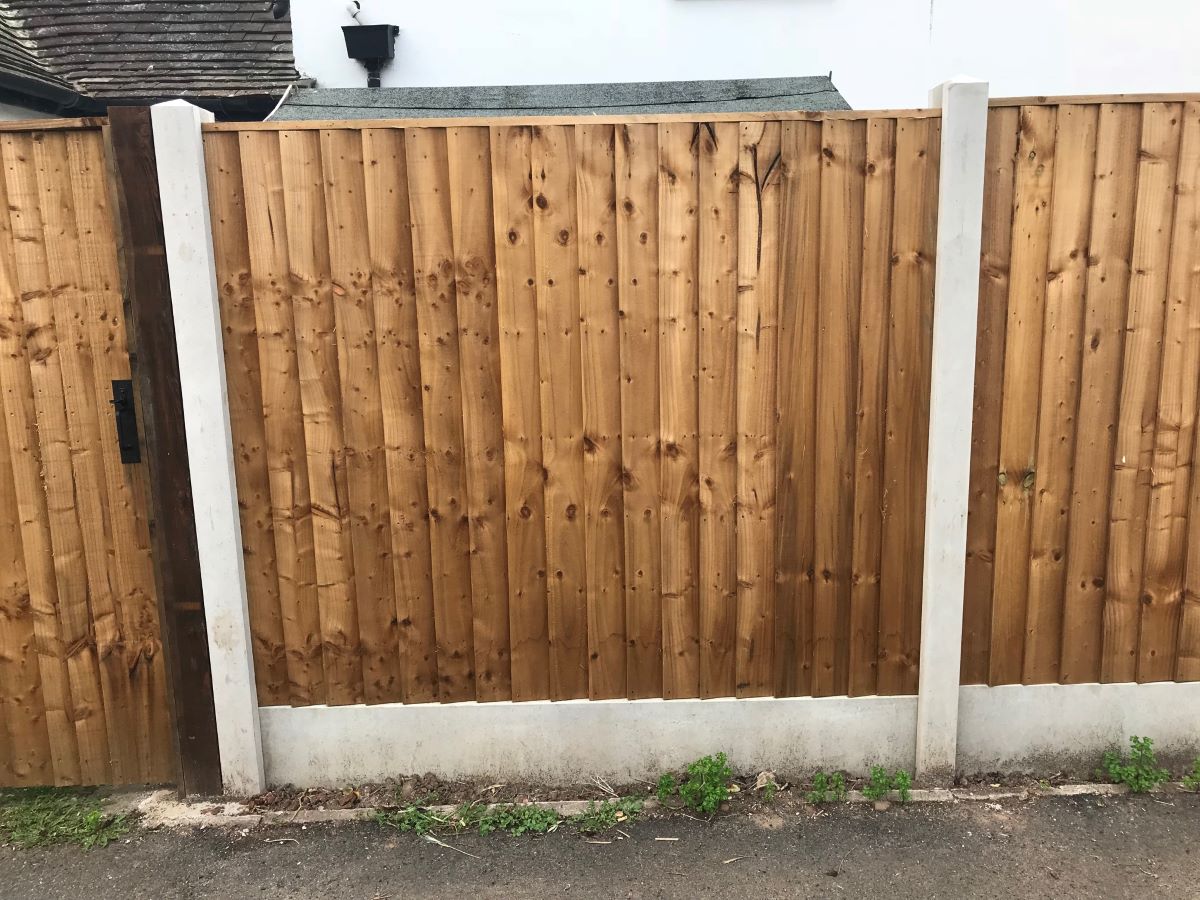
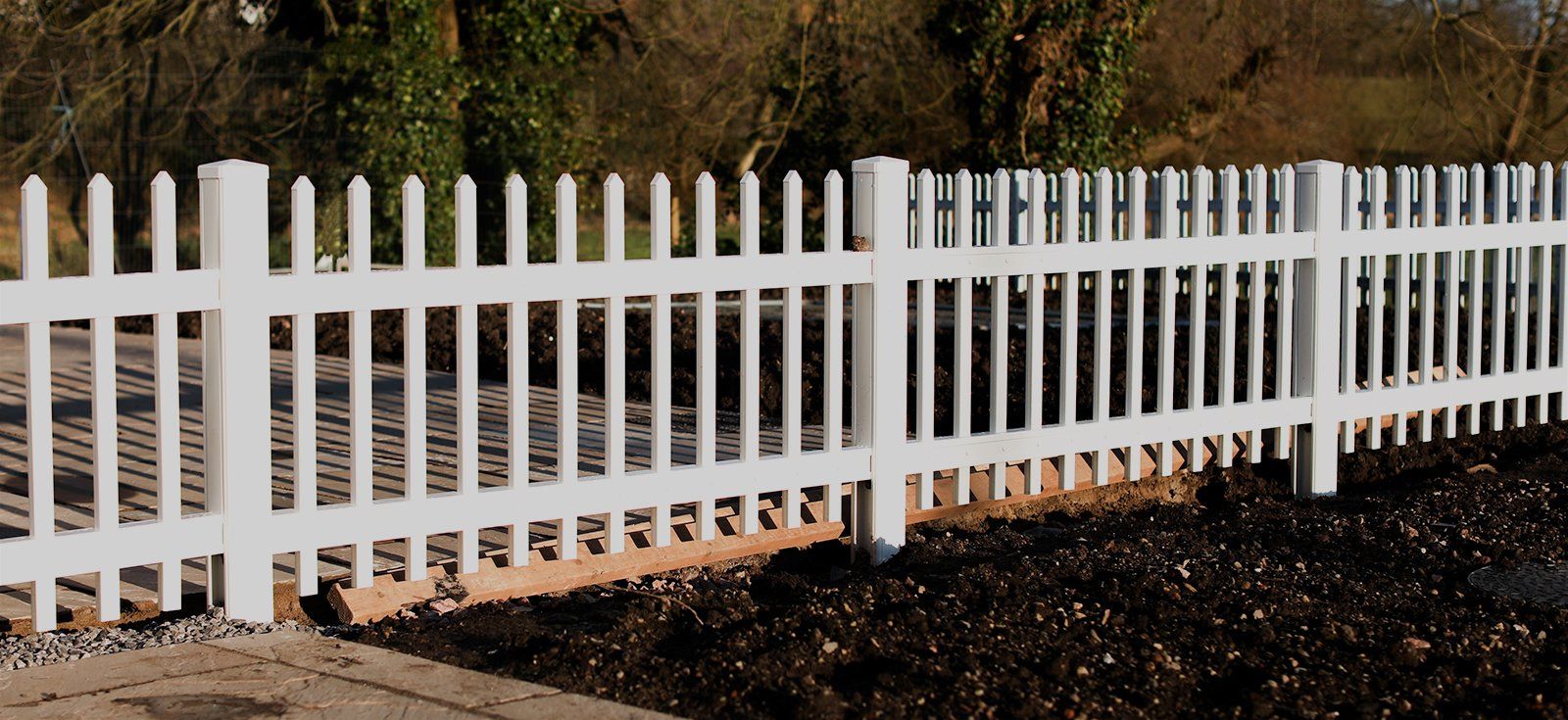

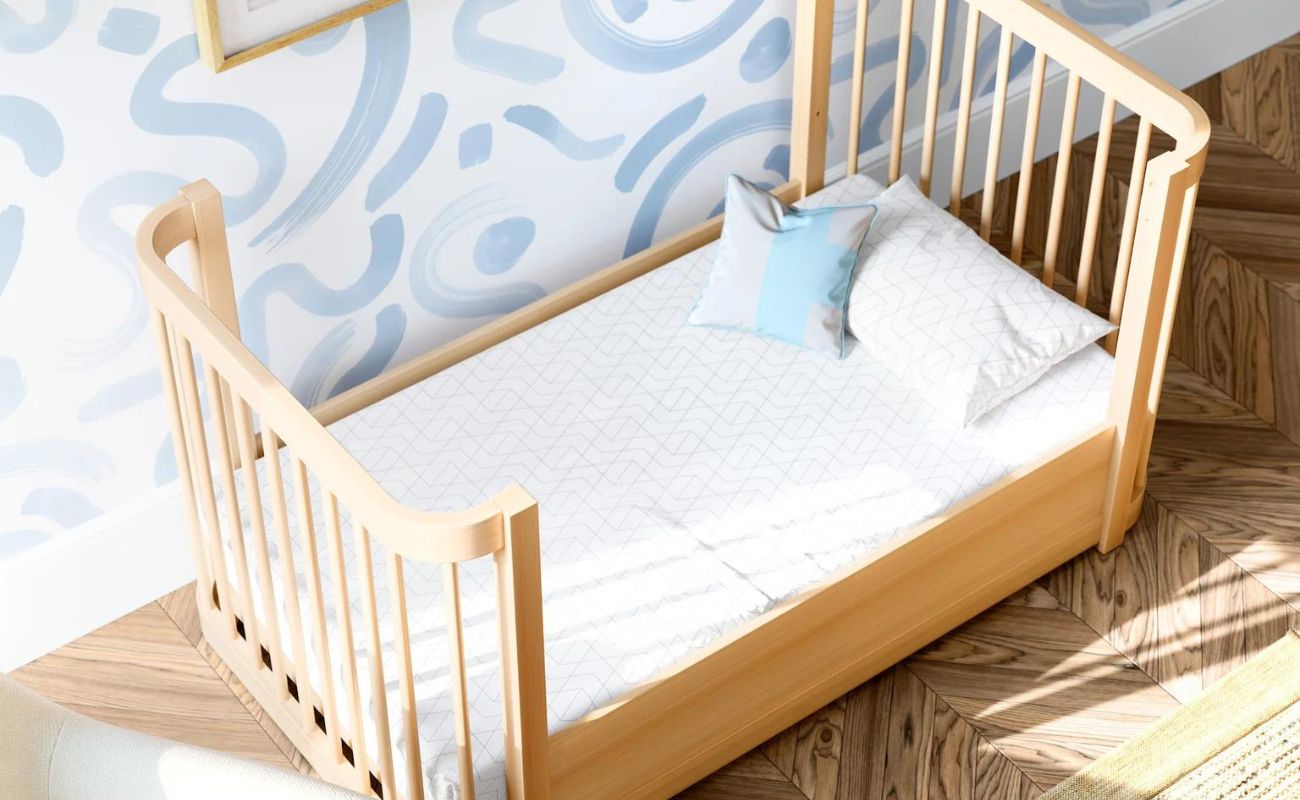
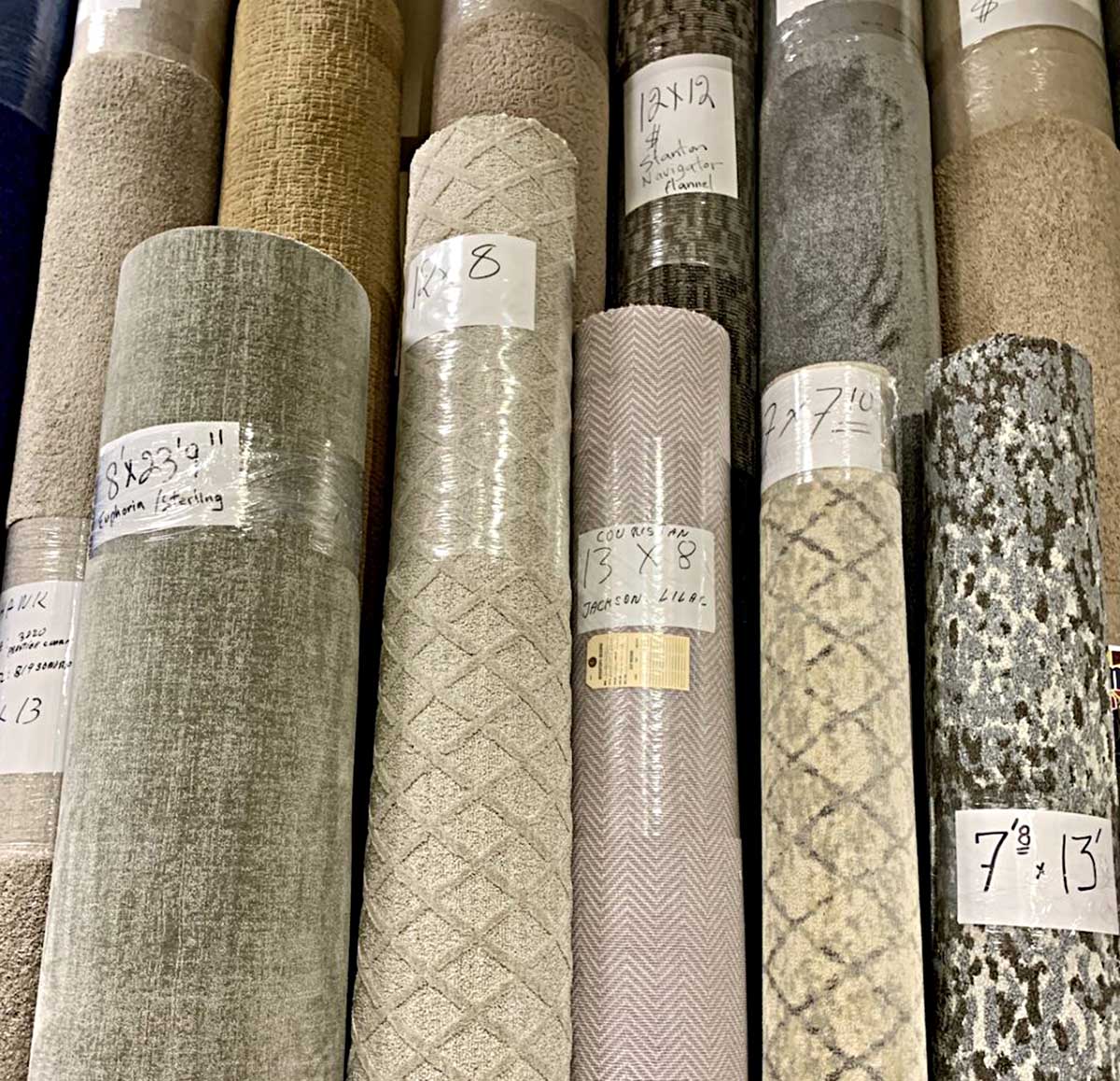
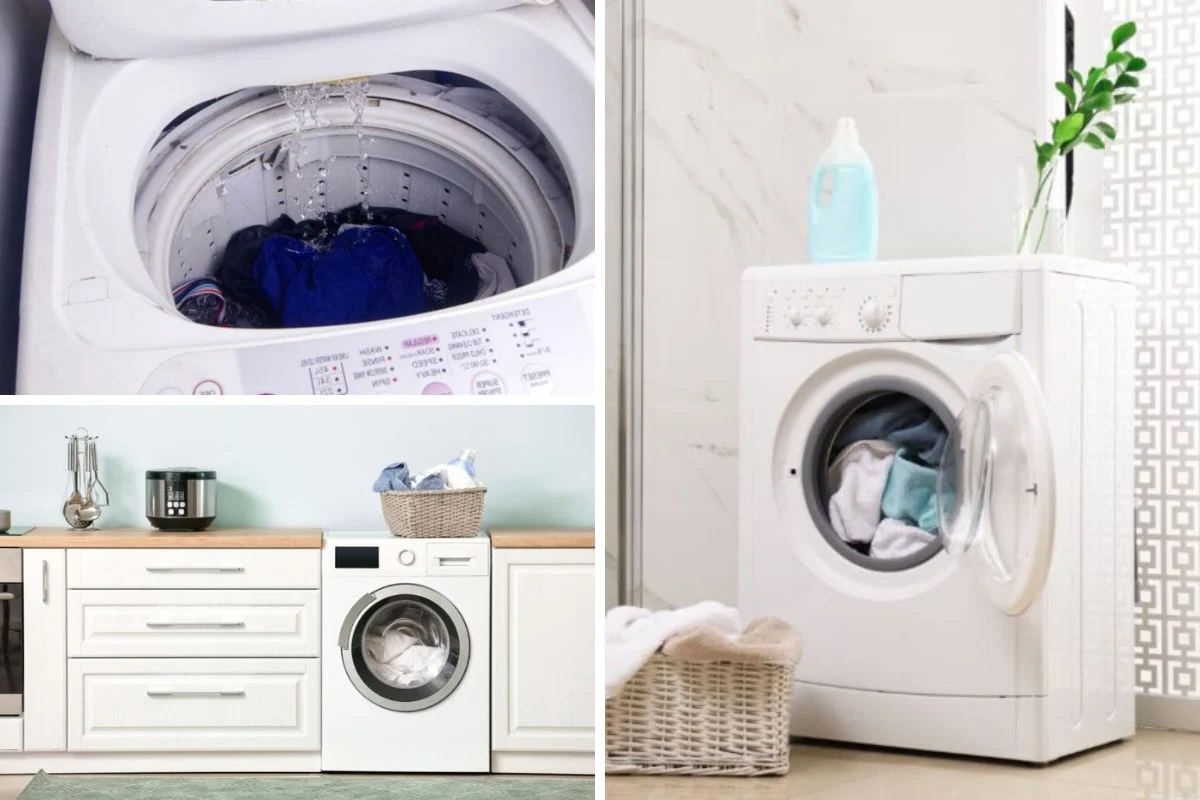
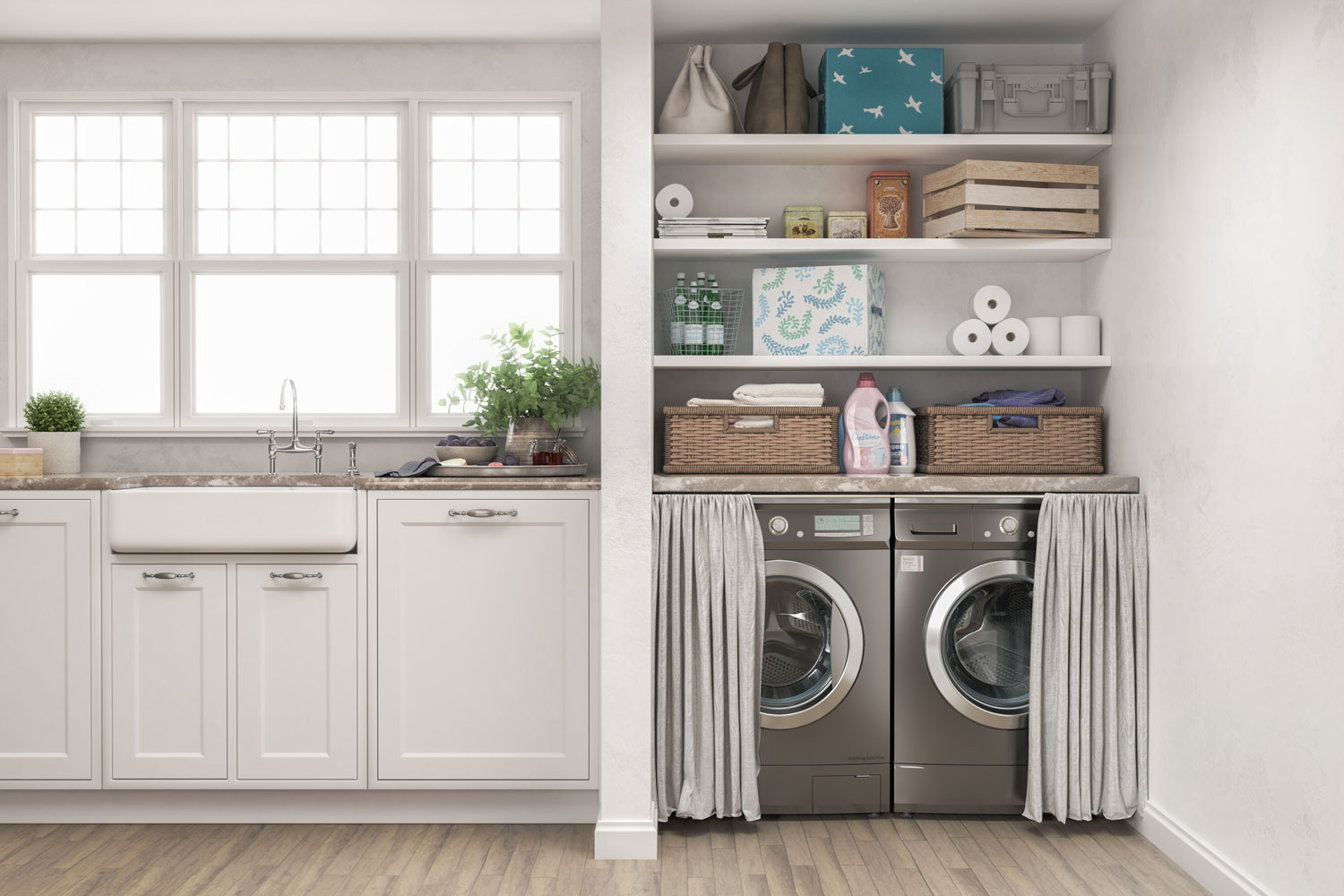

0 thoughts on “How Wide Is A Fireplace”